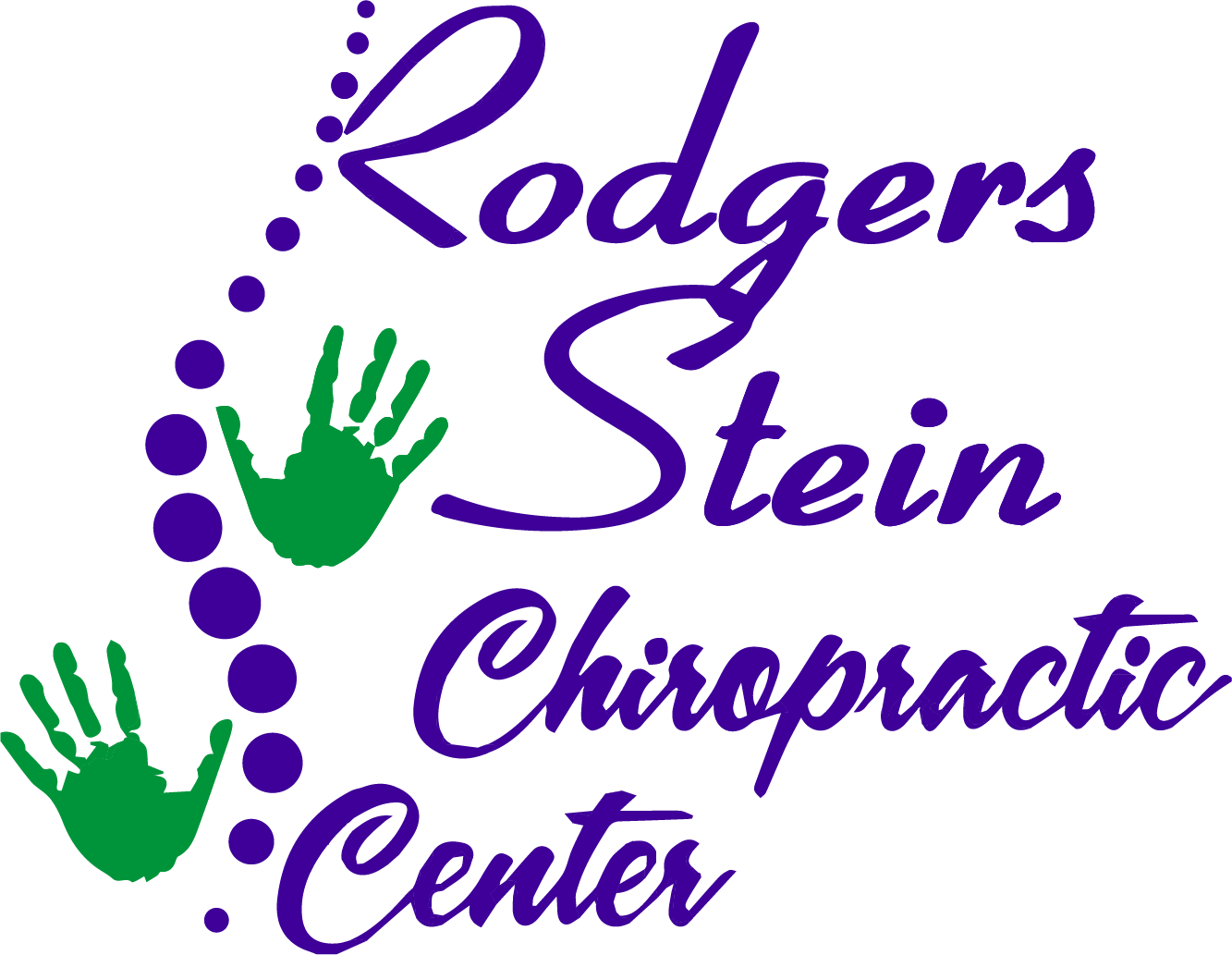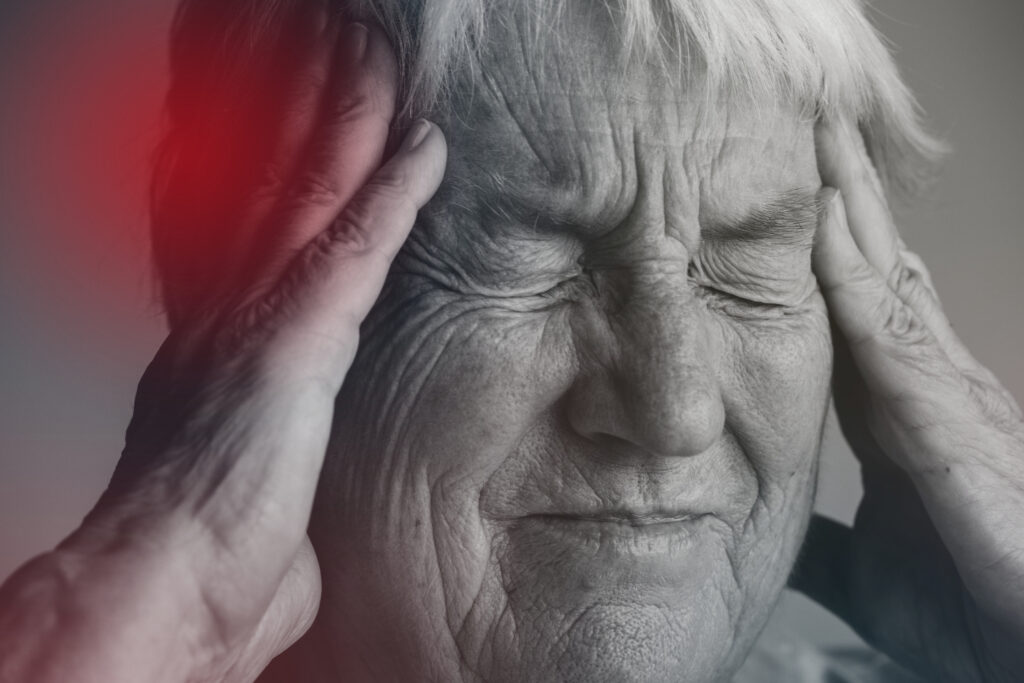As a local chiropractor, I understand how frustrating it can be to cope with a muscle strain. These injuries can disrupt your daily activities and leave you feeling uncomfortable. However, I want you to know that there are effective, natural strategies to relieve your pain and promote healing without relying solely on medications.
By incorporating proper care methods into your recovery, you can get back to your normal routine faster than you might expect. Let’s delve into the essential steps for managing your recovery effectively, focusing on chiropractic care and natural healing techniques that can aid in your rehabilitation journey. Together, we can work towards restoring your muscle function and overall well-being.
Understanding Muscle Strains
As a local chiropractor, I want to take a moment to educate you about muscle strains, which are injuries that many people encounter.
These strains happen when muscles or tendons are overstretched or torn, often during physical activities like lifting heavy objects, exercising, or making sudden movements. If you experience a muscle strain, you might notice symptoms such as pain, swelling, stiffness, and limited mobility in the affected area.
It’s important to distinguish between mild and severe strains. A mild strain may only cause some soreness, allowing you to continue with your daily activities. However, a severe strain can lead to intense pain and may even prevent you from using that muscle effectively.
Understanding your body’s signals is crucial; pushing through discomfort can result in more serious injuries down the line.
Several factors can increase your risk of experiencing a muscle strain, including fatigue, inadequate warm-up routines, and insufficient conditioning.
As your chiropractor, I encourage you to listen to your body. Recognizing the signs of a muscle strain and understanding how they can impact your overall health is key to preventing further injury.
If you do find yourself dealing with a strain, I’m here to provide natural healing options and guidance to help you recover effectively and safely.
Initial Care: The R.I.C.E. Method
As a local chiropractor dedicated to helping you understand natural healing methods, I want to share an effective approach for managing muscle strains: the R.I.C.E. method. Taking immediate action can greatly enhance your recovery process.
Here’s how to apply it:
- Rest: It’s crucial to stop any activity that causes discomfort. Allowing your muscle time to heal is essential for recovery.
- Ice: Applying ice packs for 15-20 minutes every hour can be very beneficial. Ice helps to reduce swelling and numbs pain, providing relief during the initial stages of healing.
- Compression: Utilizing an elastic bandage to wrap the injured area can assist in minimizing swelling while also offering support to the affected muscle.
- Elevation: Keeping the injured muscle elevated above heart level is key. This practice helps control swelling and encourages better blood flow, which is vital for recovery.
By following the R.I.C.E. method right after your injury, you can lay the groundwork for a quicker and more effective recovery.
At-Home Remedies for Pain Relief
As a local chiropractor, I want to share some valuable insights on how you can effectively manage pain from a muscle strain right at home.
After you’ve experienced a strain, it’s crucial to allow the initial swelling to subside before applying a warm compress to the affected area. The application of heat can enhance blood circulation and help relax any tight muscles, promoting healing.
Over-the-counter pain relievers, such as ibuprofen or acetaminophen, can be beneficial in reducing discomfort and inflammation as your body recovers. However, I also encourage exploring natural alternatives like arnica gel or turmeric supplements, which are known for their anti-inflammatory properties and may assist in soothing pain.
Another great method for relief is taking Epsom salt baths. The magnesium in Epsom salt can help relax muscles and alleviate tension, contributing to your overall comfort.
It’s important to remember to stay well-hydrated, as proper hydration plays a vital role in muscle recovery.
Additionally, gentle massage around the area of the strain can enhance circulation and help relieve soreness. Just be cautious not to apply too much pressure directly on the strained muscle, as this can aggravate the injury.
By incorporating these at-home remedies, you can effectively manage your pain while supporting your healing process.
Stretching and Strengthening Exercises
As a chiropractor, I want to emphasize the importance of incorporating stretching and strengthening exercises into your daily routine. These practices not only support your recovery but also play a crucial role in preventing future muscle strains and injuries.
By improving your flexibility, enhancing muscle strength, and promoting overall stability, you can maintain a healthier body. Here’s a straightforward list of exercises to help you get started:
- Hamstring Stretch: Begin by sitting on the floor with one leg extended straight. Gently reach towards your toes and hold this position for 20-30 seconds. This will help alleviate tension in the back of your legs.
- Quadriceps Stretch: While standing, balance on one leg and pull your opposite heel towards your glutes. This stretch should be held for 20-30 seconds and is fantastic for improving flexibility in the front of your thighs.
- Plank: Position your body in a straight line, supported by your forearms and toes. Aim to hold this position for 20-60 seconds. This exercise is excellent for strengthening your core, which is vital for overall body stability.
- Wall Push-ups: Find a sturdy wall and lean against it. Perform push-ups, which will strengthen your arms and shoulders without putting undue strain on your muscles. This is a great modification for those new to strength training.
Always remember to listen to your body—if something doesn’t feel right, it’s important to ease off.
Regularly practicing these exercises can significantly contribute to keeping your muscles healthy and resilient. If you have any questions or need guidance, feel free to reach out during your next visit!
When to Seek Professional Help
If you’re dealing with persistent pain that just won’t subside, it’s important to consider seeking professional assistance.
As a chiropractor, I want to emphasize that limited mobility can be a sign that something isn’t quite right in your body and may require attention.
Don’t hesitate to reach out to a healthcare provider, like myself, who specializes in natural healing methods.
Chiropractic care can help address these issues by promoting proper alignment and function.
Your health and well-being are our priority, and we’re here to guide you through your healing journey.
Severe Pain Persistence
When severe pain persists despite your best efforts at home, it’s crucial to understand that seeking professional help, like chiropractic care, might be the next best step for your recovery. Ignoring ongoing pain can lead to further complications down the line.
Here are some key signs that indicate it’s time to consult a chiropractor:
- Pain Intensity: If your pain feels unbearable or is getting worse, don’t wait to seek help.
- Duration: Pain that lasts more than a few days without showing improvement is a clear sign to visit a chiropractor.
- Swelling or Bruising: Noticeable swelling or bruising could indicate a more serious underlying issue that should be assessed by a professional.
- Numbness or Tingling: If you’re experiencing numbness, tingling, or weakness in your limbs, it’s essential to get evaluated as soon as possible.
Listening to your body is key to your health. If you recognize any of these signs, don’t hesitate to reach out to a chiropractor for a thorough assessment and to explore natural healing options tailored to your needs.
Your well-being is our priority!
Limited Mobility Issues
As a local chiropractor, I want to help you understand that persistent pain isn’t the only reason to seek professional care—limited mobility is equally important.
If you’re experiencing difficulty moving a joint or muscle, or if daily activities become uncomfortable, it’s time to consider reaching out for help. Stiffness or weakness that lasts more than a few days shouldn’t be overlooked.
These mobility issues can significantly impact your quality of life, and that’s where I come in. Chiropractic care focuses on assessing and treating the root causes of your discomfort through natural, non-invasive methods.
Early intervention can play a crucial role in preventing further complications and promoting a quicker recovery.
It’s vital to address mobility concerns as soon as possible so you can regain your strength and functionality.
Preventing Future Muscle Strains
As a local chiropractor dedicated to your wellness, I want to share some important practices that can help you prevent future muscle strains. By integrating these strategies into your daily routine, you can enhance muscle strength and flexibility, which are key to reducing injury risks.
- Warm-Up: Before engaging in any physical activity, it’s crucial to start with a proper warm-up. This helps increase blood flow and prepares your muscles for movement, setting the stage for a safe workout.
- Strength Training: Incorporating strength training exercises into your routine two to three times a week can significantly enhance muscle stability and endurance. Stronger muscles are less susceptible to strains, making this practice essential for injury prevention.
- Stretching: Regular stretching is vital, particularly after your workouts. This not only maintains your muscles’ flexibility but also helps prevent the tightness that can lead to injuries. Aim for a balanced stretching routine that targets all major muscle groups.
- Listen to Your Body: One of the most important things you can do for your health is to listen to your body. If you experience any discomfort or pain, it’s crucial to take a step back. Pushing through pain can lead to more serious injuries.
Instead, prioritize rest and recovery to ensure your body heals properly.
Conclusion
As a local chiropractor, I want to share some important insights on managing muscle strains and promoting your overall muscle health. The key to effective recovery lies in a combination of immediate care and proactive measures. I encourage you to adopt the R.I.C.E. method—Rest, Ice, Compression, and Elevation—as a first step in managing your muscle strain.
In addition to these immediate steps, utilizing at-home remedies can aid in your recovery. Gentle stretching and strengthening exercises can also be beneficial in restoring function and preventing future injuries. It’s crucial to listen to your body; if you experience persistent pain or discomfort, don’t hesitate to reach out for professional assistance.
Chiropractic care focuses on natural healing and can be a valuable resource in your recovery journey. By prioritizing your muscle health, you can stay active and pain-free, allowing you to enjoy your favorite activities with renewed confidence. Remember, taking care of your body is essential for maintaining an active lifestyle!



